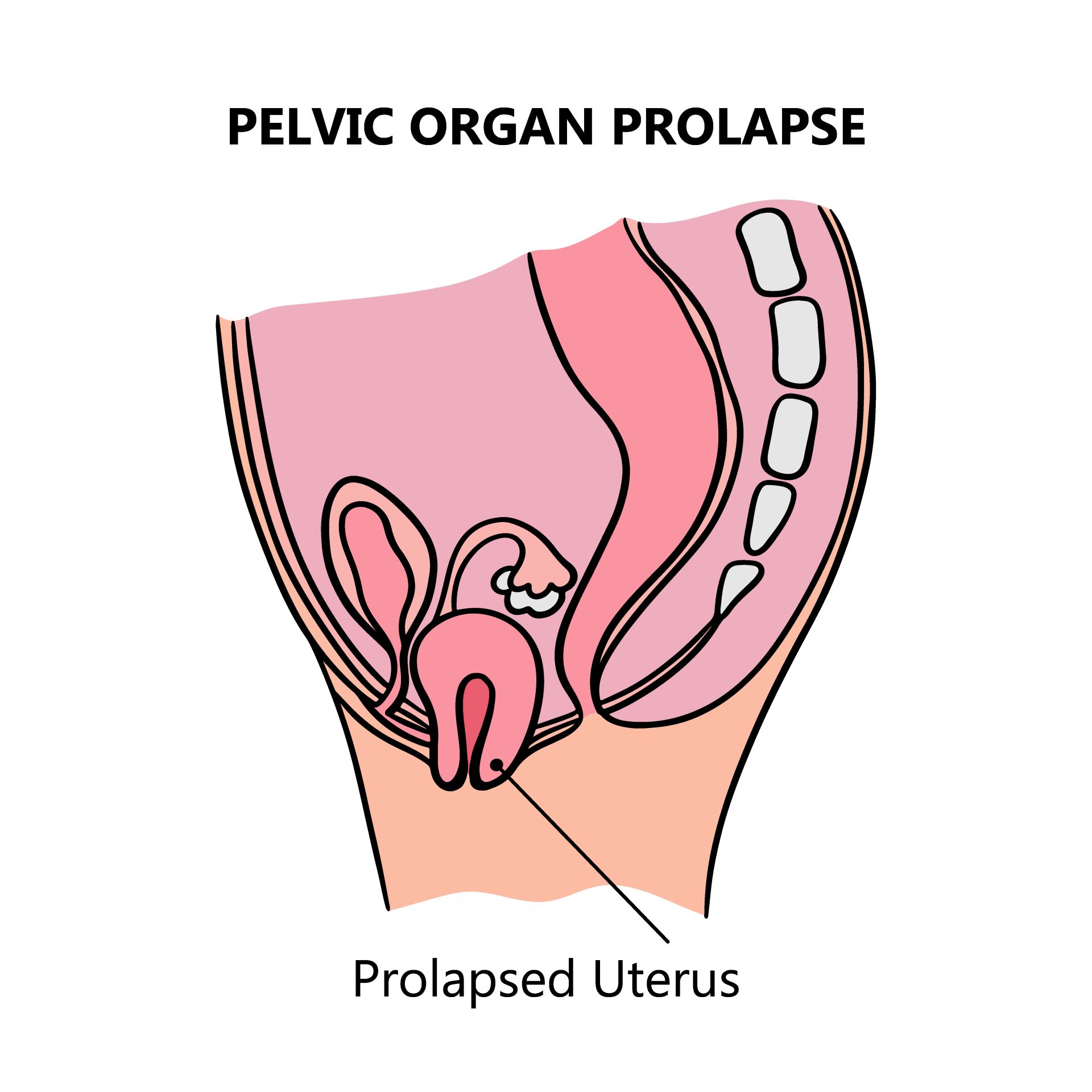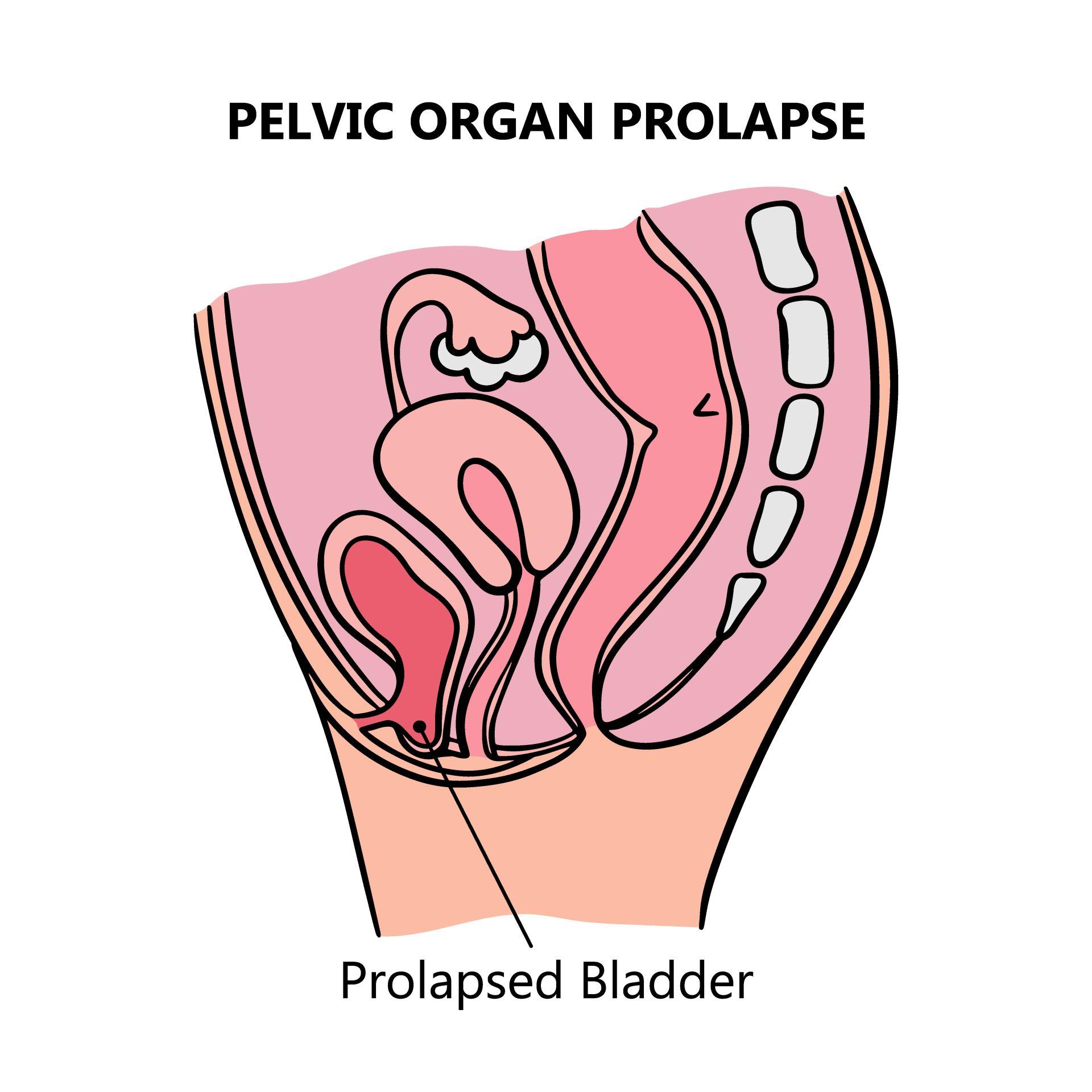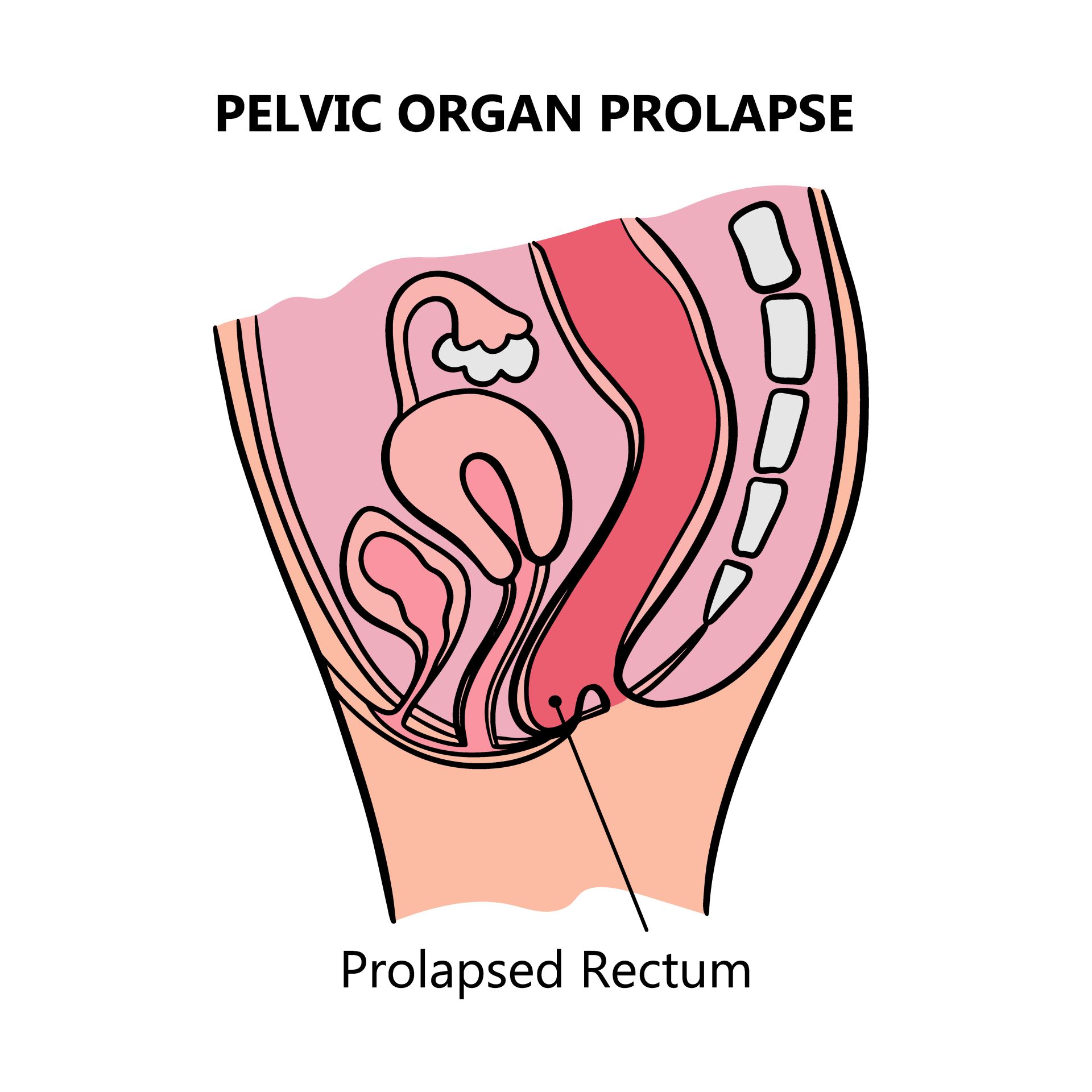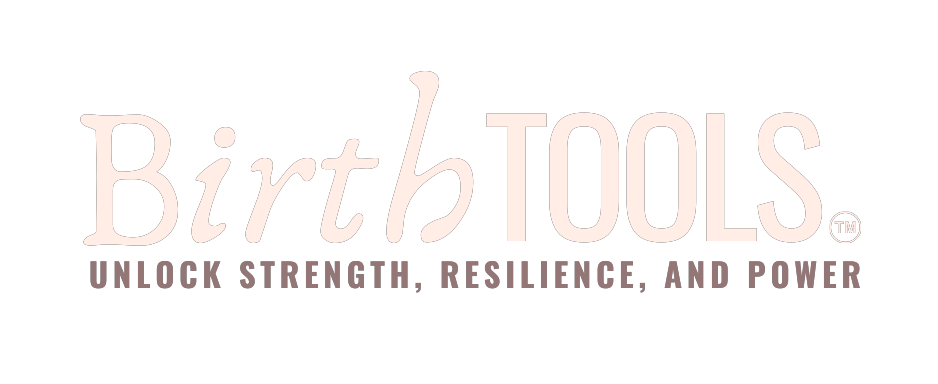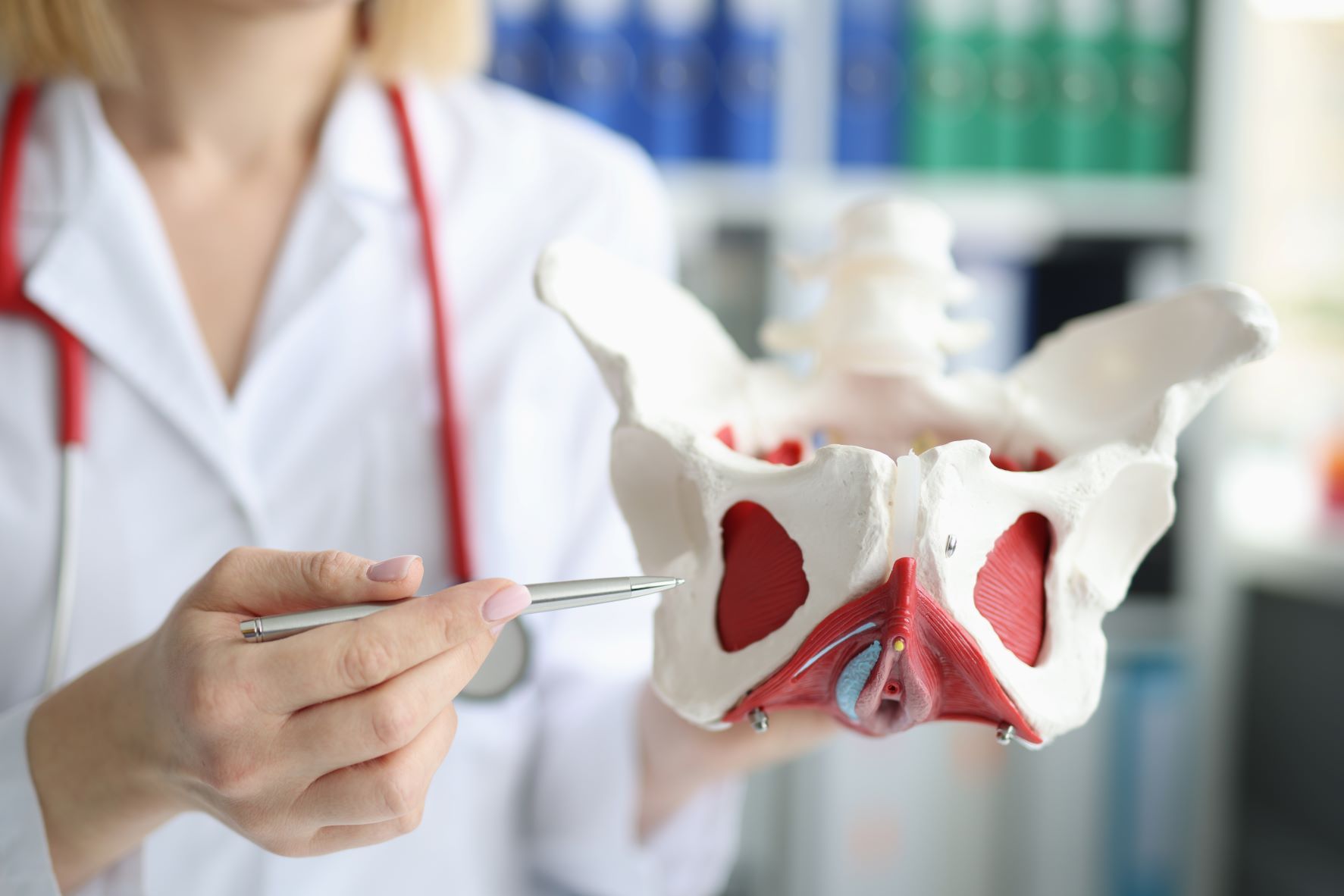These last
few years, you can’t begin an exercise routine, have a baby or sneeze without
having someone mention your pelvic floor. The funny thing is a lot of people
don’t even really know what it is, why it’s important and how easily is can be
healed and strengthened.
If you're familiar with prolapse or have experienced it, you'll know that pelvic floor function plays a crucial role in rehabilitation. This article aims to provide you with a better understanding of the relationship between the pelvic floor and prolapse, as well as tips for addressing this issue if you are struggling with it.
Your pelvic floor is like a little hammock that attaches to the bottom of your pelvis and when strong, aims to hold everything (uterus, bladder, bowel) in it's place.
The pelvic floor plays a crucial role in allowing you to control urination, defecation, and maintaining bladder and bowel control when a restroom is not readily available. It works in conjunction with other connective tissues, including the deep core muscles, to perform its functions. The pelvic floor muscles can be consciously contracted and relaxed, and in some cases, they may be continuously active, which can lead to prolapse over time. Just like breathing, the pelvic floor muscles are constantly working without you being aware of it. Prolapse occurs when the pelvic floor muscles weaken, causing internal organs to descend and protrude into areas where they do not belong. This can result in incontinence, weakness, and a heavy feeling in the vaginal area.
If these symptoms go unmanaged, it’s not uncommon to
feel anxiety, depression and lack of self confidence due to the worry of
embarrassment in public.
